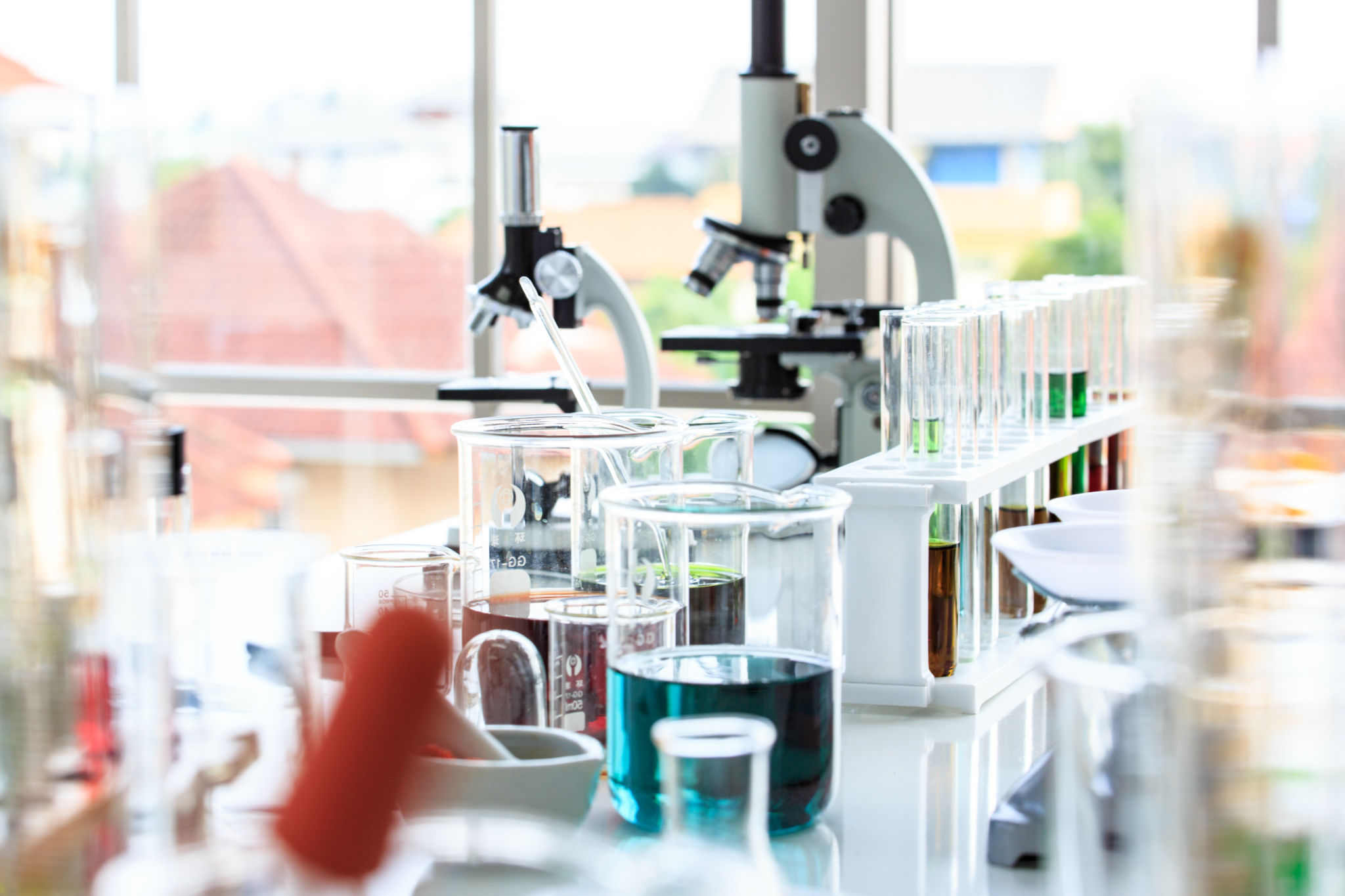Expert Tips for 3D Printing with PETG and ABS Materials
Understanding PETG and ABS Materials
In the world of 3D printing, selecting the right material can significantly impact the outcome of your project. PETG (Polyethylene Terephthalate Glycol) and ABS (Acrylonitrile Butadiene Styrene) are two of the most popular thermoplastics used due to their unique properties. PETG is known for its durability, transparency, and ease of use, while ABS is favored for its strength and flexibility. Knowing the characteristics of these materials helps in making informed decisions for your 3D printing needs.

Advantages of Using PETG
PETG offers several advantages that make it a preferred choice for many 3D printing enthusiasts. First, it is less prone to warping compared to ABS, making it more suitable for larger prints. Additionally, PETG is food-safe and boasts excellent chemical resistance, which is ideal for creating functional parts and containers. Its glossy finish also enhances the aesthetic appeal of printed items.
Benefits of ABS
ABS is lauded for its mechanical properties, making it perfect for engineering applications. It can withstand higher temperatures than PETG, making it suitable for parts exposed to heat. ABS is also relatively easy to post-process, allowing users to sand, glue, or paint the finished product. These properties make ABS a versatile option for creating prototypes or products that require a higher degree of customization.

Printing with PETG
When printing with PETG, maintaining a consistent temperature is crucial. The recommended printing temperature ranges from 220°C to 250°C, while the bed temperature should be between 70°C and 80°C. It is important to ensure that your printer's cooling system is set appropriately, as excessive cooling can lead to layer adhesion issues. Using a PEI sheet or painter's tape on the print bed can also improve adhesion.
Troubleshooting Common PETG Issues
Some common issues when printing with PETG include stringing and oozing due to its low viscosity. To mitigate this, adjust the retraction settings and ensure the print head is clean before starting a new print. Additionally, filament moisture can affect print quality, so storing PETG in a dry environment is advisable.

Printing with ABS
ABS requires a bit more attention to environmental conditions due to its tendency to warp. A heated bed is essential, typically set between 90°C and 110°C. Enclosure of your printer can help maintain temperature consistency and reduce warping. Printing with ABS at temperatures ranging from 230°C to 250°C ensures optimum layer adhesion.
Enhancing ABS Print Quality
To enhance print quality with ABS, consider using a brim or raft to increase bed adhesion. You can also apply acetone slurry on the print bed to further improve adhesion and reduce warping. Post-processing with acetone vapor smoothing can give your ABS prints a polished finish.
Choosing Between PETG and ABS
The choice between PETG and ABS largely depends on the application and desired characteristics of your final product. For items requiring higher strength and heat resistance, ABS may be more suitable. However, if ease of use and transparency are priorities, PETG could be the better option. Evaluating the specific requirements of your project will guide you in selecting the right material.
